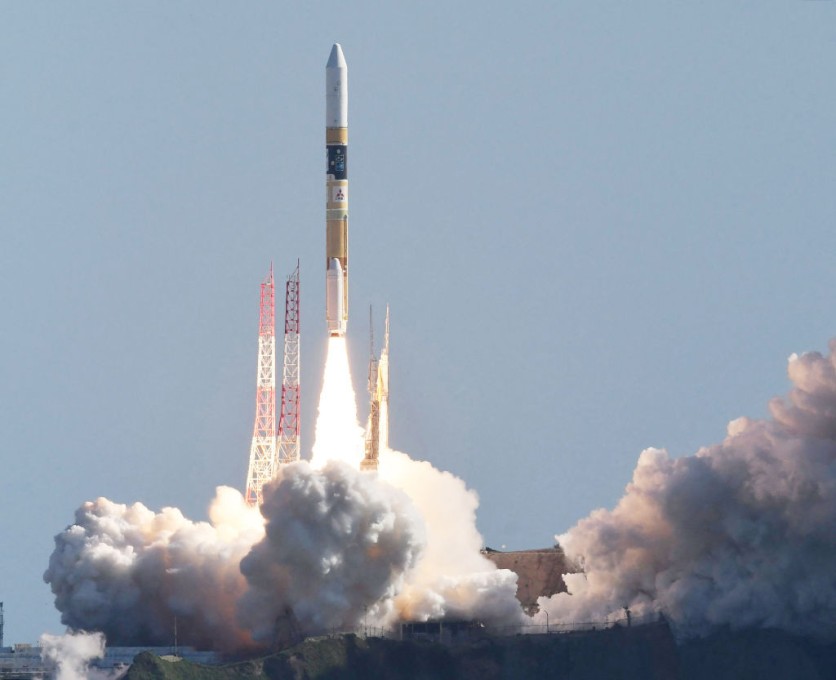Japan's "Moon Sniper" spacecraft is gearing up for a precision landing on the lunar surface this weekend, with aspirations of becoming the fifth nation to achieve a delicate soft landing on the moon (via Phys.org).
The mission, known as the Smart Lander for Investigating Moon (SLIM), is set to deploy its cutting-edge technology in an attempt to touch down within an unprecedented 100 meters of a carefully selected spot on the rocky lunar terrain.

Recovering from Previous Failed Launches
The mission, led by the Japan Aerospace Exploration Agency (JAXA), aims to reverse Japan's fortunes in space following two previous failed lunar missions and recent rocket setbacks.
Scheduled to commence its descent at midnight Japan time on Saturday, the SLIM craft, affectionately nicknamed the "Moon Sniper," faces the daunting challenge of achieving a pinpoint landing-a task only accomplished by the United States, the Soviet Union, China, and India thus far.
Read Also : SpaceX on Track to Launch Private Ax-3 Astronaut Mission to the International Space Station on January 17
The SLIM spacecraft is equipped with a rolling robot, a marvel developed by Japanese toy giant Takara Tomy, designed to navigate the lunar surface with unparalleled precision. This rolling probe, slightly larger than a tennis ball, is capable of changing its shape to traverse the rugged lunar landscape effectively.
The chosen landing site holds strategic importance, as SLIM is expected to touch down on a lunar crater believed to grant access to the moon's mantle, a vital layer beneath its crust.
Professor Tomokatsu Morota of the University of Tokyo, specializing in lunar and planetary exploration, highlights the significance of the mission, stating, "The rocks exposed here are crucial in the search for the origins of the moon and the Earth."
Discovering Water on the Moon
Moreover, the mission carries ambitious objectives beyond scientific exploration. Japan aims to showcase its prowess in space and contribute pivotal information on the moon's history.
The SLIM mission intends to shed light on the mystery of water resources on the moon, a key factor for future lunar habitation. While the lunar surface may appear desolate, areas near the poles could potentially harbor water resources, a critical consideration for building bases on the moon.
JAXA's online video game, "SLIM: The pinpoint moon landing game," adds a touch of playfulness to the mission, engaging the public in the excitement of space exploration.
The mission's success could redefine Japan's position in space exploration and provide valuable insights into lunar water resources, with implications for future space missions and potential lunar commercialization.
In Other News
In other news, the joint UK-Canada £1.2 million Aqualunar Challenge has been launched to support the development of water-purifying technologies for the Moon.
This international initiative aligns with public sentiment, as a recent survey indicates a majority of people believe that technologies designed for space exploration should have practical applications on Earth.
With 62% expressing this view, the Aqualunar Challenge seeks innovative solutions that could benefit lunar habitation and address pressing environmental challenges on our home planet.
Stay posted here at Tech Times.

ⓒ 2025 TECHTIMES.com All rights reserved. Do not reproduce without permission.




